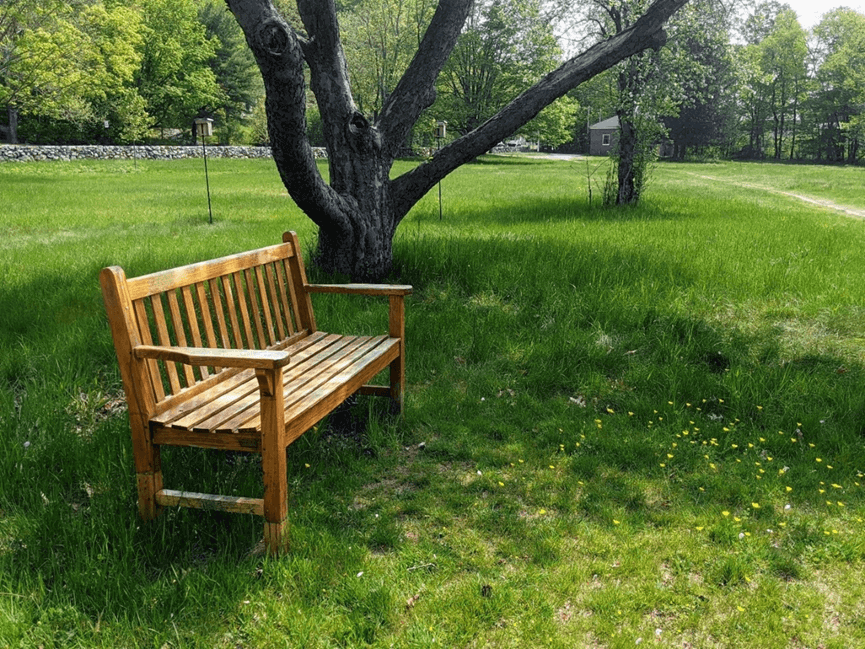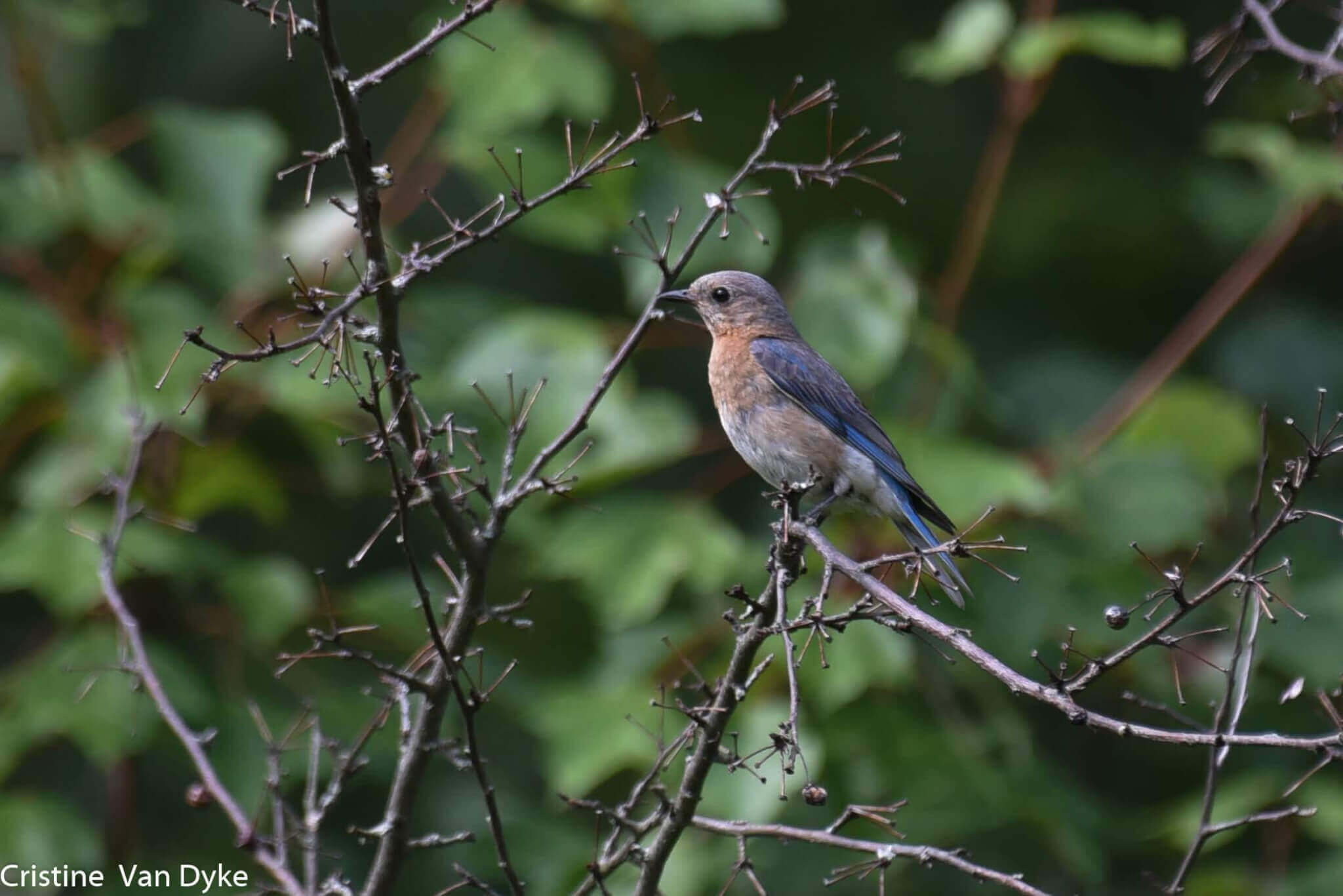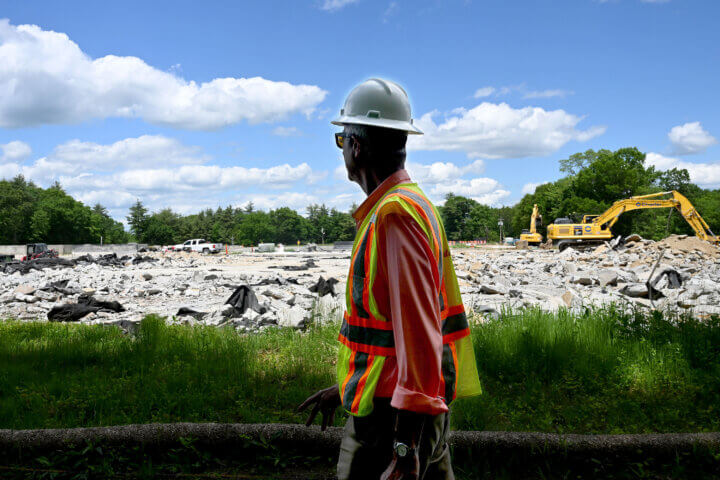By Laurie O’Neill — Correspondent
It’s a modest, pretty place, a bit fewer than eight and a half acres near the town center, with a brook running through it.
The grass ripples in the breeze, wooden bluebird boxes invite nesters, and tufts of daffodils wave at strollers making their way along well-trodden paths.
It’s a particularly special spot for its stewards, who, like Wordsworth, are “lovers of the meadow… and all that we behold from this green earth.”

The Heywood Meadow Stewardship Committee oversees the town parcels on Lexington Road and Heywood and Walden Streets, collectively known as Heywood Meadow. They run from the Battery to Ford Park next to the phone company property.
HMSC Co-Chair Susan Clark, speaking for the committee, says the meadow “has been getting some serious rehabilitation recently.” An ongoing project includes removing invasives between the road and Mill Brook, planting native pollinators, and restoring stone walls.
Natural Resources personnel and many volunteers, among them two Concord-Carlisle High School students, have pulled out buckthorn, bittersweet, and honeysuckle. “You can actually see the river now,” Clark says.
The work crew has planted 300 perennials, including native asters, beebalm, coneflowers, penstemons, black-eyed Susans, goldenrods, and Golden Alexanders.
An ecologically important parcel
Clark says the area “used to be a hard-used piece of land with root cellars and orchards,” and a pond had been drained to create arable land. “There was nothing much romantic about the place,” she adds.
The meadow is the start of the Emerson-Thoreau Amble, a meandering natural path similar to the one Ralph Waldo Emerson, whose home overlooks the meadow, and Henry David Thoreau strolled as they walked to the latter’s cabin at Walden Pond.
Though the meadow has been threatened by development several times, it is “exceedingly rare that such a large plot of land so near a town center in the Boston metropolitan area remains undeveloped to this day,” according to the HMSC, which calls it “highly visible and ecologically important.”

The meadow is listed on the National Register of Historic Places as part of the Concord Monument Square/Lexington Road National Register District and the American Mile Historic District.
The meadow is deliberately unmowed so pollinators and wildflowers can survive, except for a couple of narrow pathways that bisect it. A wider path is the route for horses and caissons to get to and from the Battery.
Not everyone approves of the unmowing, says Clark, as some feel the meadow looks neglected and should be trimmed like a lawn. “It’s not uncared for,” she says. “This is a natural part of restoring it.”
The HMSC’s mission is to rehabilitate all of Heywood Meadow to accommodate passive recreation and manage it in a way consistent with Concord’s conservation goals. Clark says the project will take a few years to show results.
“We need patience,” she adds. “We want to make the meadow a much more vibrant and living environment.”





